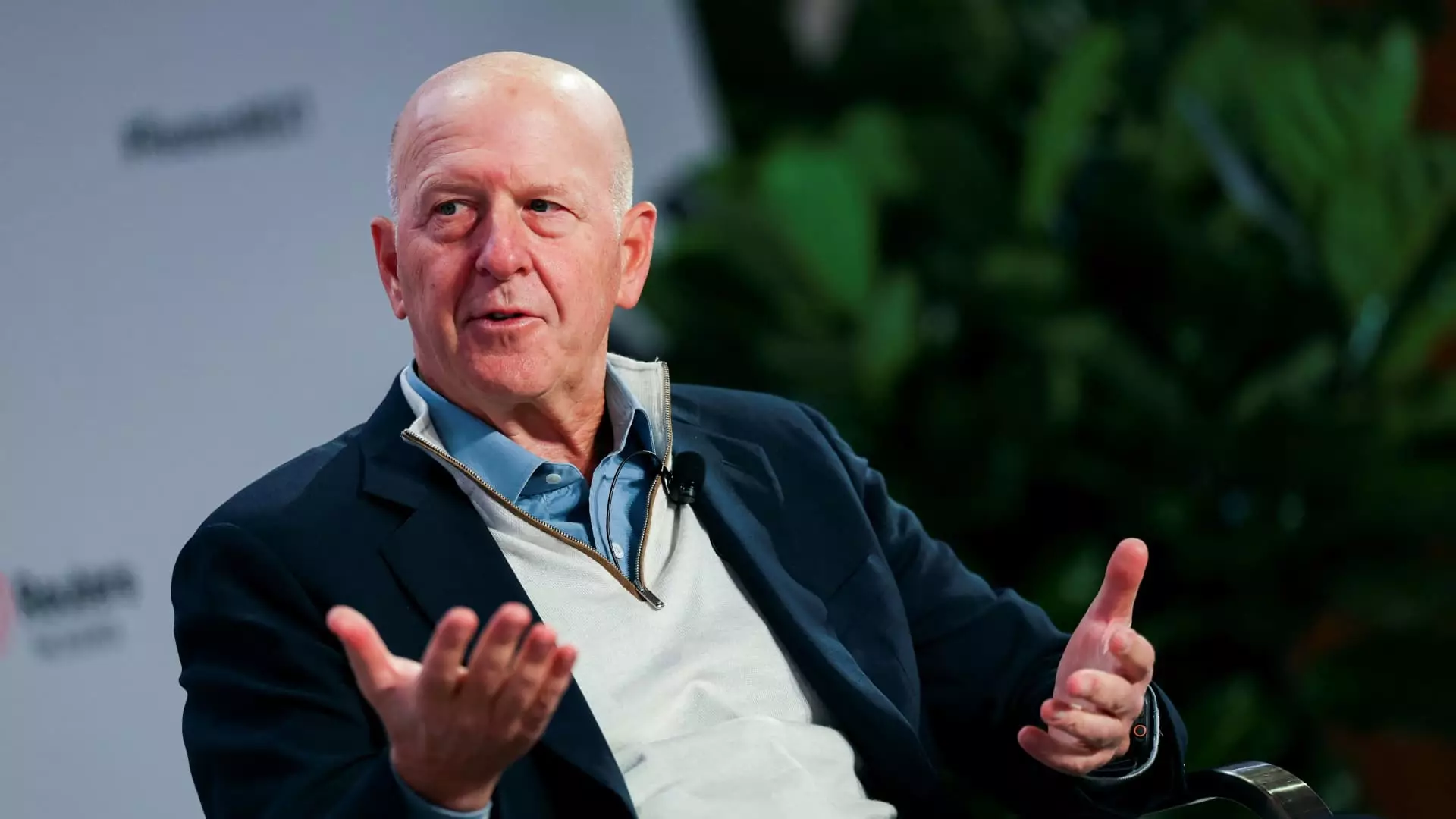The landscape of initial public offerings (IPOs) has experienced a significant downturn in recent years, particularly in the technology sector. However, David Solomon, CEO of Goldman Sachs, recently expressed an optimistic outlook for the future of IPOs during a discussion with Cisco CEO Chuck Robbins at a Silicon Valley summit. Solomon’s insights offer an interesting examination of the factors contributing to the IPO drought and the potential resurgence of market activity.
In his remarks, Solomon indicated that there appears to be a breakthrough on the horizon for IPOs, suggesting that this prolonged stagnation might soon come to an end. He remarked, “It’s been slow, it’s been turned off,” reflecting a sentiment that resonates well with many market analysts who have observed the notable decline in tech IPO activity since the close of 2021. Post-pandemic, many tech stocks began losing favor due to rampant inflation and elevated interest rates, hindering prospective companies from going public.
This reality is compounded by the complexities within the mergers and acquisitions (M&A) landscape, particularly for technology companies facing stringent regulatory challenges. Solomon’s acknowledgment of changing market sentiments underscores a crucial aspect of the investment climate; as the environment starts shifting towards increased optimism, companies may feel more encouraged to pursue public offerings and capitalize on the potential influx of investor capital.
Solomon attributed part of this renewed optimism to the political landscape, particularly highlighting the implications of Donald Trump’s election and the shift back towards Republican governance. He believes that such political changes are conducive to an improved business climate capable of fostering a new wave of deal-making, stating, “there is a significant backlog from sponsors and an overall increased appetite for dealmaking supported by an improved regulatory backdrop.” This assertion indicates the interplay between political and economic dynamics, suggesting a broader context for understanding market movements and trends.
Moreover, the timing of Solomon’s statements came as the S&P 500 reported its most substantial gains seen since November, a sign that investor sentiment might be aligning favorably towards a recovery in public offerings. With Goldman Sachs reporting exceptional fourth-quarter results that surpassed analyst expectations, this reinforces the notion that positive corporate performance can have a ripple effect across broader market indices.
Challenges Remain: The Structural Shift in Public Companies
Despite this optimism, there are notable challenges that potential IPO candidates must navigate. Solomon pointedly remarked on the declining number of public companies in the U.S., which has plummeted from around 13,000 a quarter-century ago to roughly 3,800 today. The implications of this trend raise important questions about the attractiveness of being a public company. Increased disclosure requirements and the relative abundance of private capital make the public route less appealing for many entities.
While the barriers to going public have become steeper, Solomon’s nuanced understanding of these dynamics speaks to a broader reality in the capital markets: many established companies could appear reluctant to transition from private ownership to public listing due to perceived risks and regulatory burdens. He openly expressed the sentiment, “It’s not fun being a public company,” which encapsulates the hesitation of many firms contemplating an IPO amidst today’s evolving market landscape.
As the conversation pivots towards the future, companies like chipmaker Cerebras and online lender Klarna have already taken steps toward public offerings, signifying a potential thaw in IPO activity. Solomon noted, “the values came down after 2021, people are growing back into those values,” highlighting a crucial component: investor confidence and willingness to re-engage with newly adjusted market valuations.
The pathway towards a vibrant IPO ecosystem will ultimately necessitate a confluence of factors, including stabilizing economic indicators, favorable regulatory changes, and a shift in overall market sentiment. As Solomon hinted at a brighter future for IPOs and M&A activities, his reflections on the state of the market provide a compelling perspective on the critical elements that will define the resurgence of public offerings moving forward.
While the complexities of the current economic landscape pose significant hurdles, Solomon’s insights present a cautiously optimistic forecast for the future of IPOs. If investor sentiment and regulatory frameworks align favorably, the dream of a revitalized IPO market may soon transition from mere speculation to a tangible reality.

